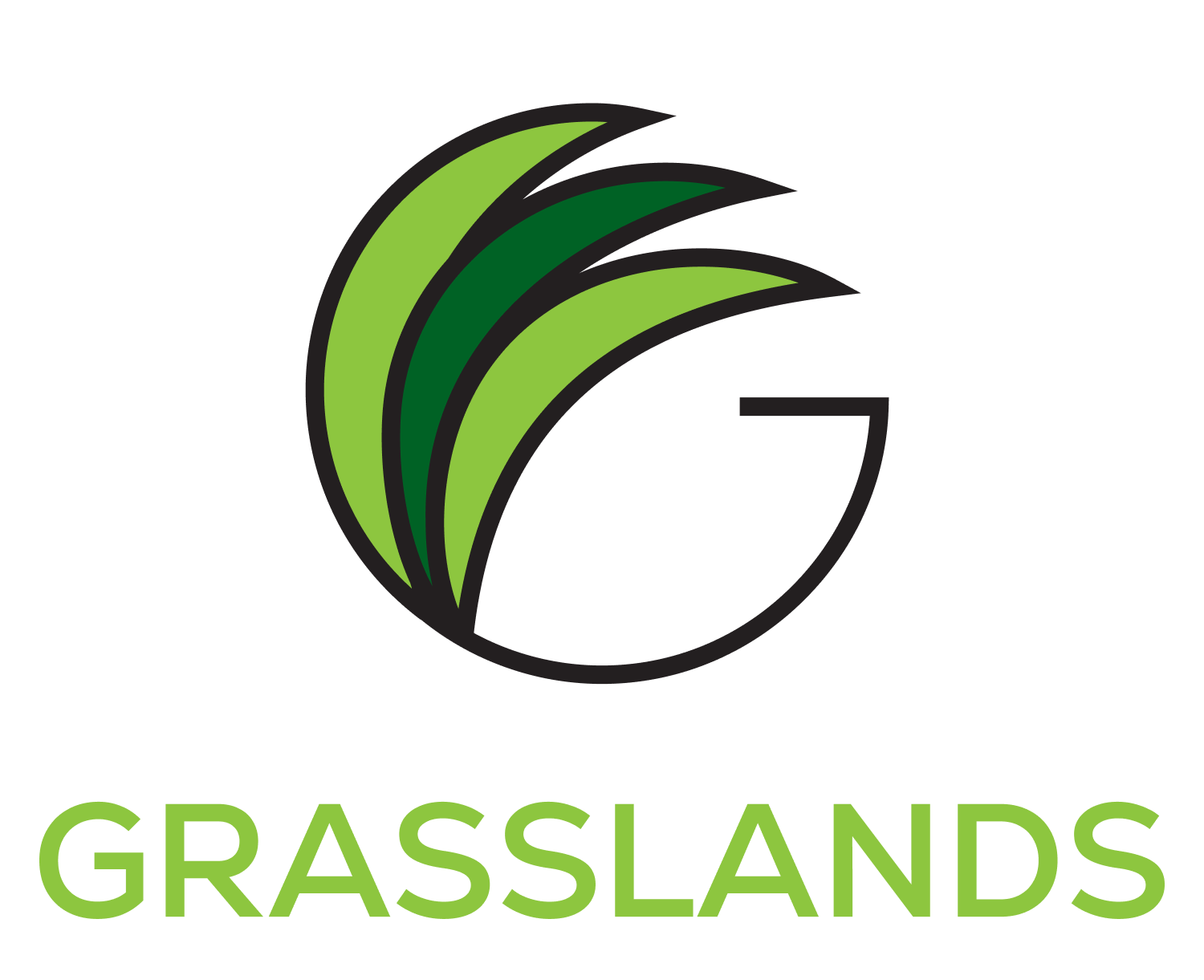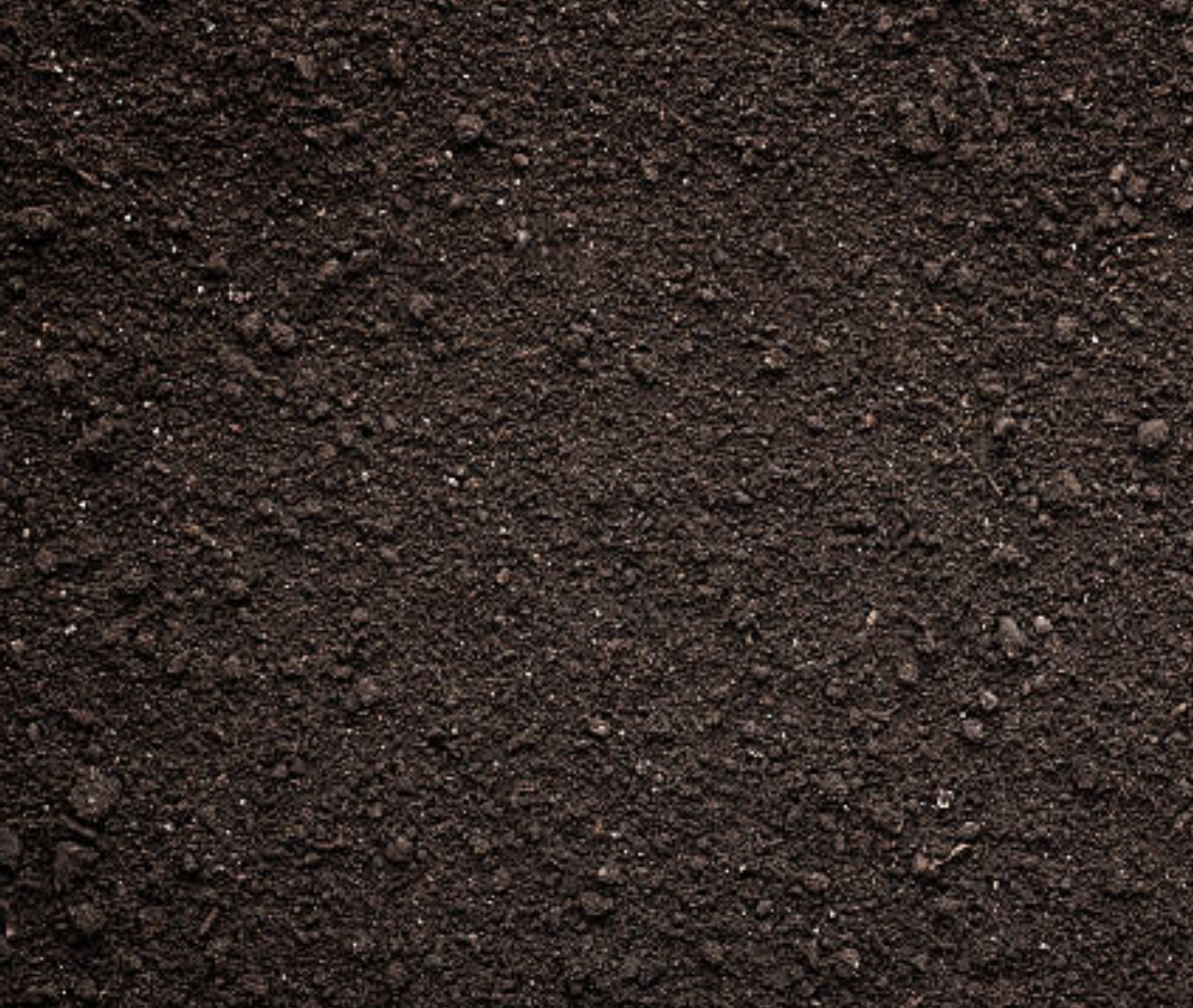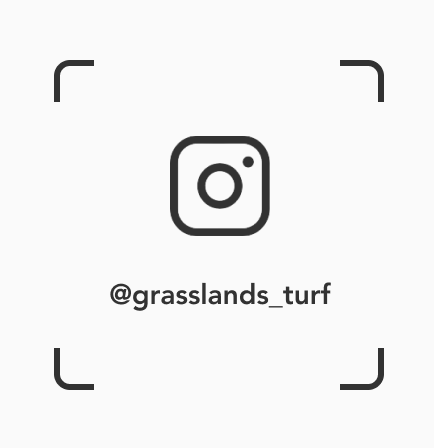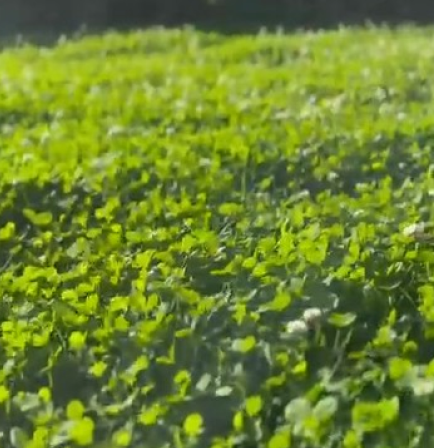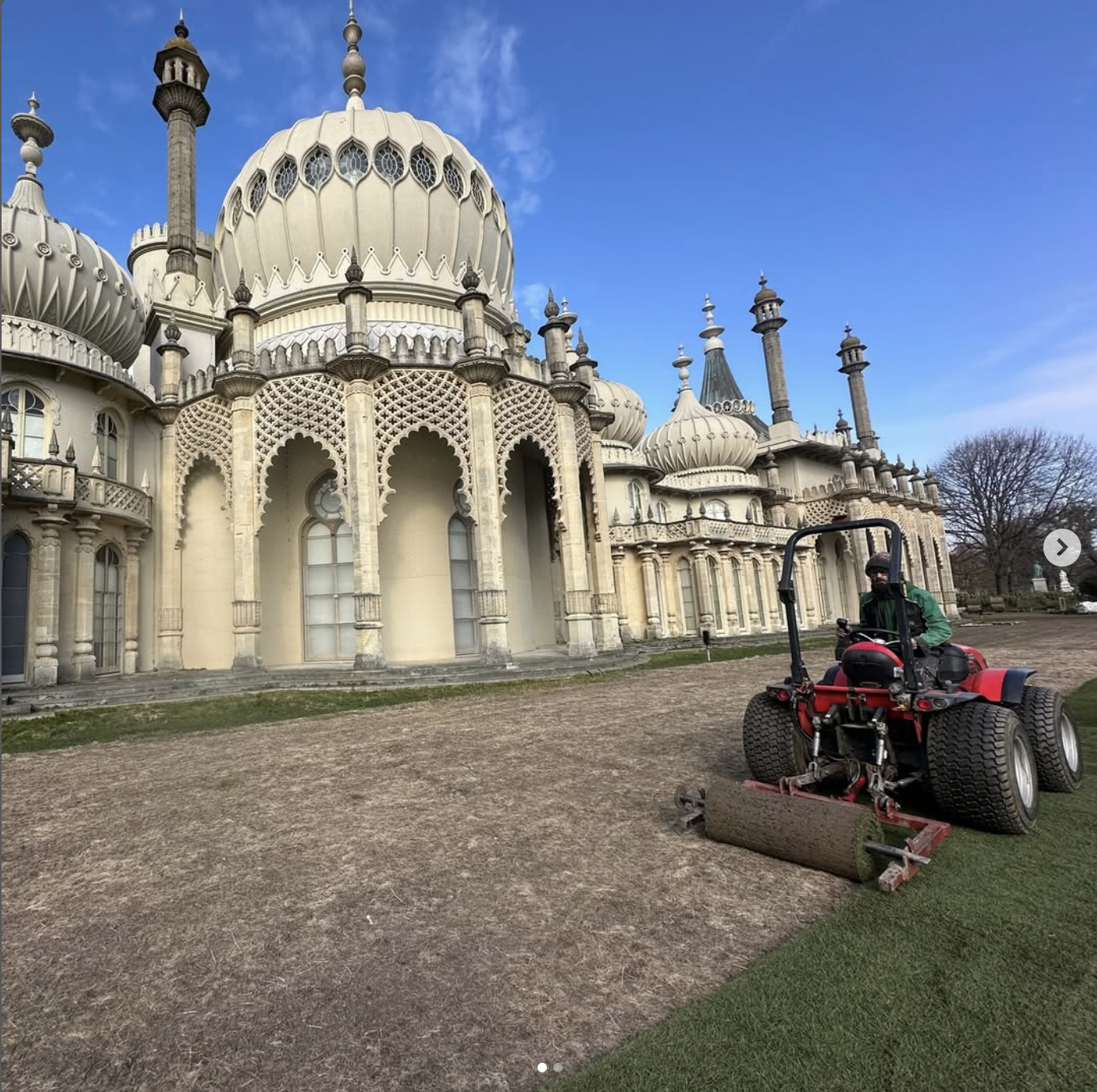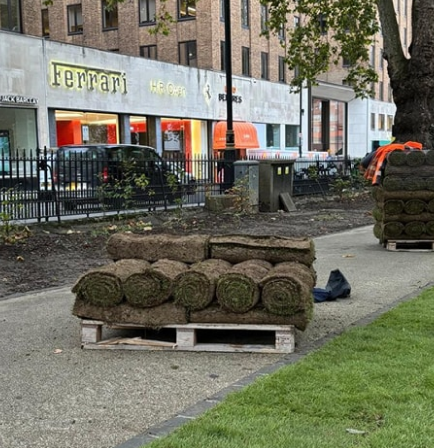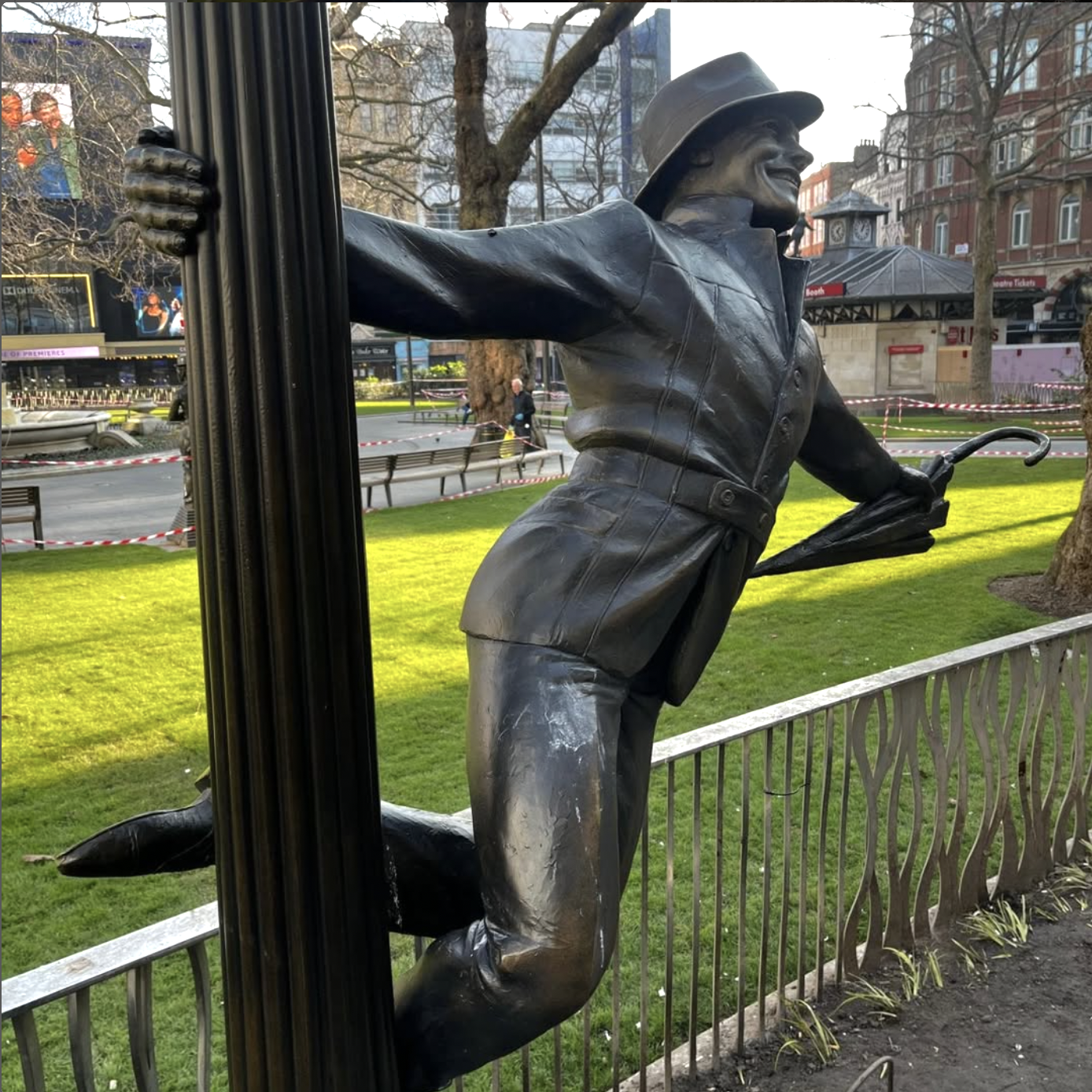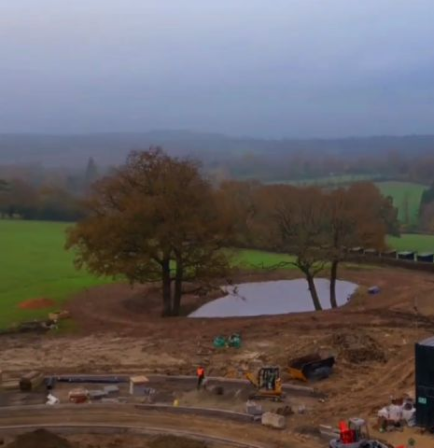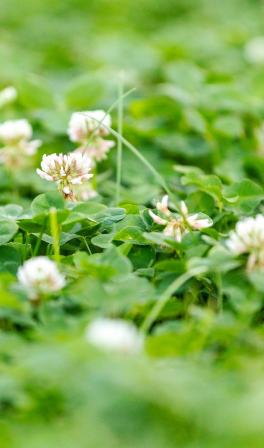You’re researching turf for your garden, excited to make an environmentally responsible choice. But here’s the uncomfortable truth many suppliers won’t tell you – some turf products, including those marketed as “sustainable,” are grown on plastic mesh substrates.
Yes, plastic.
When these substrates break down, they release microplastics into your soil, contaminating the very environment you’re trying to enhance.
At Grasslands, we’ve been proudly plastic-free from day one, proving you don’t need synthetic shortcuts to create beautiful, affordable, and genuinely sustainable turf.
The microplastic problem
When plastic substrates inevitably break down, they fragment into microplastics (particles smaller than 5mm) and nanoplastics (particles smaller than 1 micron). Unlike natural materials that biodegrade, these synthetic fragments persist indefinitely, spreading through soil, water systems, and the broader environment.
Some brands claim their plastic substrates “degrade” – but they never explain what they degrade into. The answer? Countless microscopic plastic particles that contaminate your garden permanently. There’s no such thing as plastic that simply disappears.
These particles follow predictable contamination pathways: leaching into soil, washing into groundwater with rainfall, and becoming airborne through wind disturbance. Once released, there’s no practical way to remove them from the environment.
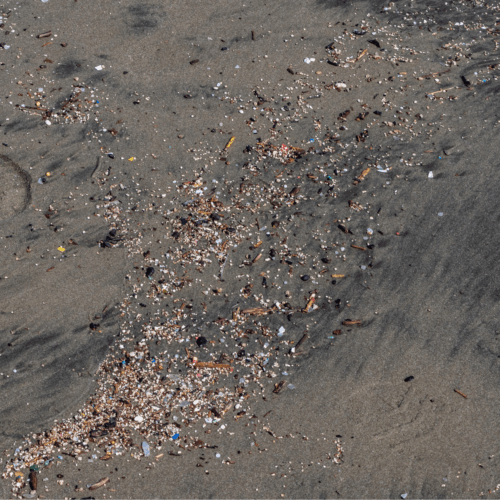
Wildlife at risk
The plastic substrate problem isn’t just about microscopic contamination – it creates immediate dangers for wildlife too. Animals can become entangled in plastic netting that becomes exposed during installation or as turf deteriorates over time.
Birds, hedgehogs, and small mammals are particularly vulnerable to entanglement injuries. Even when the plastic mesh remains buried initially, weathering and normal garden maintenance can expose sections of netting, creating hidden traps that can injure or kill garden wildlife.
This adds another layer of environmental harm to products that are supposed to enhance your outdoor space – your “wildlife-friendly” garden could literally be harming the creatures you’re trying to support.
The numbers don’t lie
- 83% of global tap water contains microplastics
- Microplastics have been found in salt, honey, vegetables
- Microplastics in soil negatively impact plant growth and soil health – plastic particles disrupt root development, reduce nutrient uptake, and harm beneficial soil microorganisms
These aren’t distant problems. They’re measurable impacts happening right now, partly due to unnecessary plastic use in products that could easily be produced without synthetic materials.
Why do some brands use plastic substrates?
Simple: profit margins. Plastic substrates reduce production costs through:
- Cheaper handling and transport
- Faster production cycles
- Manufacturing convenience
- Reduced labour costs
This creates higher profit margins whilst externalising environmental costs onto consumers and society. Companies pocket the savings whilst customers unknowingly purchase products that will contaminate their gardens for centuries.
It’s classic “race to the bottom” thinking where short-term profits trump long-term environmental responsibility.
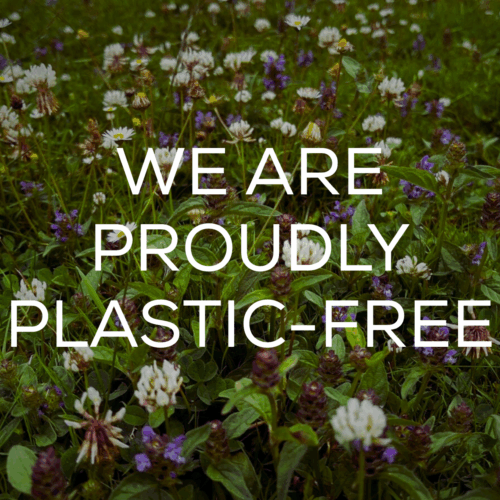
The Grasslands difference: Innovation over shortcuts
We’ve taken a fundamentally different approach. Rather than cutting costs through environmentally harmful shortcuts, we’ve invested in technical innovation to keep our plastic-free turf competitive.
- Our plastic-free commitment isn’t negotiable. We refuse to use plastic substrates, even when cheaper or easier.
- Innovation drives our competitiveness. Advanced growing techniques, optimised soil compositions, and refined production processes allow us to compete on price with plastic substrate alternatives – without compromising our principles.
- Long-term thinking guides everything we do. We’ve built sustainable operations that remain viable for decades, investing in soil health and natural systems rather than synthetic shortcuts that create future problems.
Our approach proves sustainability and affordability aren’t mutually exclusive. Through innovation, not corner-cutting, we deliver turf that performs better, lasts longer, and costs less over its lifetime.
Genuinely sustainable products
Species Rich Turf: 80/20 grass/wildflower mix grown on natural soil. Supports pollinators, improves soil health, and creates biodiversity.
Floral Lawn: Curated wildflowers and grasses requiring cutting only every 2-3 weeks (depending on the look you’re after). Perfect for ‘No Mow May’ and reduced maintenance approaches.
Clover Rich Eco Turf: Features innovative DoubleRoot clover that fixes nitrogen naturally, improving soil fertility whilst providing superior drought resistance.
Grasslands Rysport Turf: All grown without plastic. All genuinely sustainable. All competitively priced through innovation, not shortcuts.
How to identify plastic-free turf
Don’t trust marketing language – ask the direct question: “Do you use plastic substrates or plastic reinforcements?”
Reputable plastic-free suppliers will clearly state they use natural soil and happily discuss their methods. Any hesitation or vague responses should raise red flags.
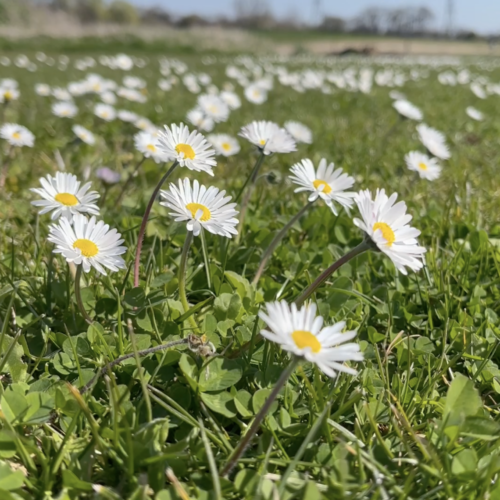
The choice is yours
Every roll of plastic substrate turf represents a decision to prioritise convenience over environmental health. The microplastic crisis is real and measurable – but you can be part of the solution.
At Grasslands, we’re proving sustainability doesn’t require sacrifice. Our plastic-free turf delivers superior environmental benefits, excellent performance, and competitive pricing through innovation rather than shortcuts.
Ready to make a genuinely sustainable choice? Get in touch to discover how beautiful, biodiverse lawns can enhance rather than harm the environment.
Because truly sustainable products shouldn’t come with hidden plastic.
